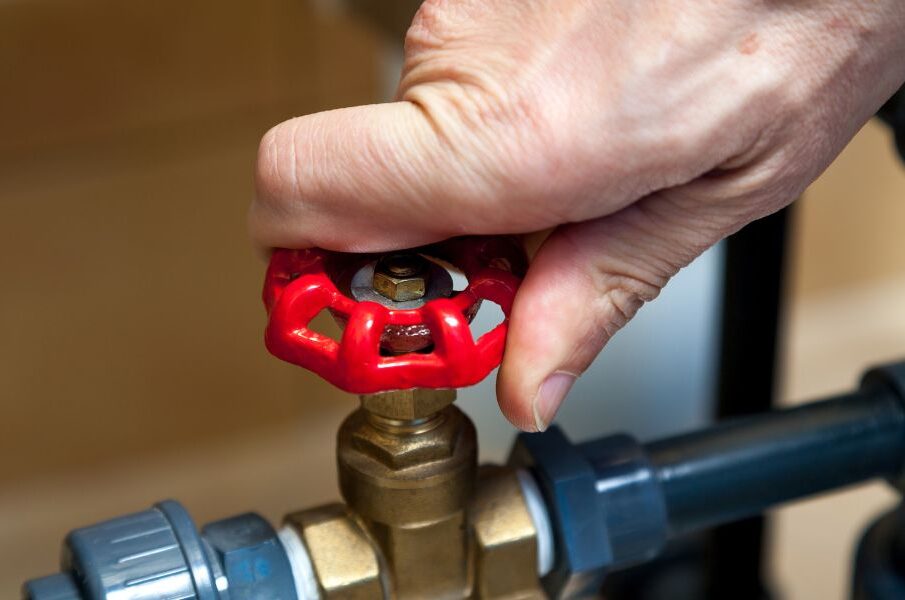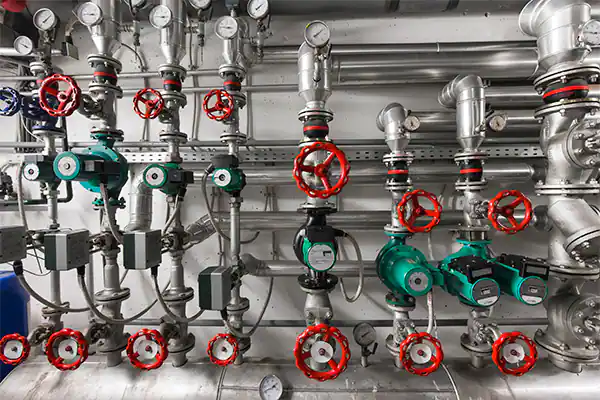How to maintain consistent flow with rotary airlock valves?

The seamless operation of industrial equipment demands meticulous attention to detail, particularly in maintaining rotary airlock valves. These vital components ensure smooth material flow while preserving system pressure. When properly maintained, they prevent unnecessary downtime and sustain operational efficiency.
Key components maintenance breakdown
- Drive system upkeep – Regular inspection of drive chains, belts, and gear motors maintains optimal functionality. Lubrication schedules prevent wear and extend component life. Addressing unusual noises or vibrations early prevents catastrophic failures.
- Rotor blade preservation – The rotor assembly requires precise clearances between blades and housing. Carolina Conveying rotary valves provide exceptional durability through their advanced blade design. Weekly inspections identify wear patterns before they impact performance.
- Seal integrity management – Effective seals prevent material leakage and maintain system pressure. Regular replacement schedules avoid unexpected failures. Monitoring seal wear patterns helps optimize replacement intervals.
- Housing care – The valve housing requires protection against abrasive materials. Internal coating preservation extends equipment life. Regular cleaning prevents material buildup that causes imbalances.
Systematic maintenance protocols
Daily checks establish baseline performance metrics. Weekly inspections focus on worn components. Monthly comprehensive evaluations ensure all systems function correctly.
- Performance optimization techniques- Proper speed settings maximize flow efficiency. The rotary air lock valve system maintains consistent material transfer when correctly adjusted. Regular calibration ensures optimal clearances between components.
- Operational best practices- Trained operators recognize early warning signs. Proper start-up and shutdown procedures prevent damage documentation of operational parameters helps track performance trends.
Troubleshooting essentials
- Common issues resolution- Quick identification of unusual sounds or vibrations enables prompt intervention. Temperature monitoring prevents bearing failures. Pressure differential tracking identifies potential blockages.
- Prevention strategies- Implementing preventive measures reduce unexpected failures. Carolina Conveying rotary valves incorporate advanced features that minimize maintenance requirements. Regular system analysis prevents cascading failures.
Optimization techniques

- Speed adjustment protocols- Correct speed settings prevent material bridging. Flow rate optimization reduces wear on components. Regular monitoring ensures consistent performance.
- Clearance management- Proper clearances prevent material jamming. Temperature variations affect operating clearances. Regular adjustments maintain optimal performance.
- Safety protocols- Lockout procedures protect maintenance personnel. Proper confined space entry procedures ensure safety. Regular safety training prevents accidents.
Advanced maintenance scheduling
- Predictive maintenance implementation- Vibration analysis predicts component failures. Temperature trending identifies developing issues. Pressure differential monitoring optimizes cleaning schedules.
- Continuous improvement process- Performance data analysis reveals optimization opportunities. Regular updates to maintenance procedures incorporate lessons learned. Team feedback improves maintenance effectiveness.
Real-world application tips
- Startup procedures- Proper warmup prevents thermal shock. Gradual loading prevents material bridges. System pressure verification ensures optimal operation.
- Shutdown protocols- Proper clean-ups prevent material setting. System purge prevents corrosion. Documentation ensures consistent procedures.
Long-term reliability focus
- Component life extension- Proper lubrication extends bearing life. Correct material handling prevents premature wear. Regular inspections identify developing issues.
- System optimization- rotary valves by Carolina Conveying deliver exceptional reliability through proper maintenance. Performance tracking enables continuous improvement. Team training ensures consistent maintenance quality.
Maintaining consistent flow through rotary airlock valves requires systematic attention to detail. The success of any maintenance program depends on proper implementation and follow-through. Regular training updates keep maintenance teams current on best practices. Continuous improvement processes optimize maintenance procedures over time.














